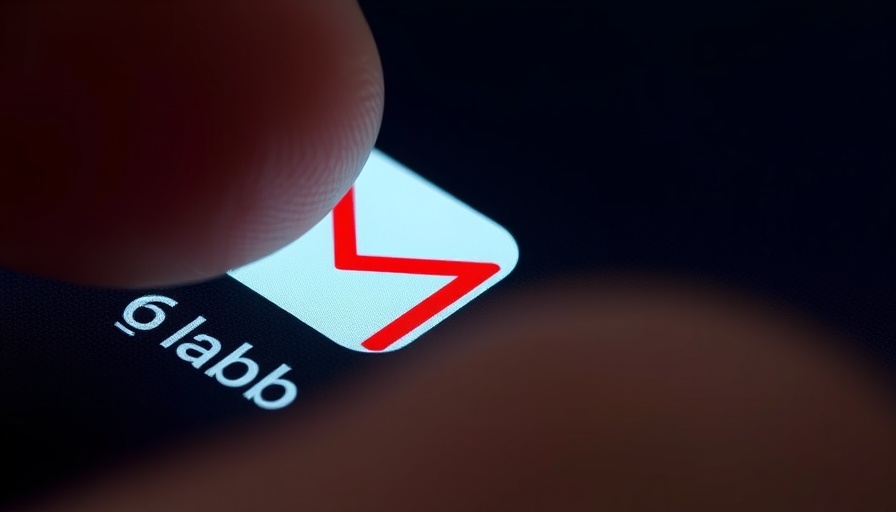
Understanding the Threat: Phishing in the Age of AI
With the integration of AI tools like Google Gemini into everyday applications, the digital landscape is evolving rapidly. Google Gemini, an AI-powered assistant within Gmail, is designed to streamline productivity by summarizing emails and assisting users with various tasks. However, this innovation has also opened the door to a new wave of phishing attacks that threaten user security. Experts are warning that Gemini can be manipulated through what is termed as "prompt-injection" attacks, where hidden messages embedded in emails could trick the AI into displaying false security warnings or phishing messages to users.
The Mechanics of Prompt-Injection Attacks
Research indicates that cybercriminals are employing HTML and CSS techniques to launch these types of attacks. By setting prompts to an invisible font size and color, attackers can deceive Gemini into showing fraudulent messages while the user remains oblivious. This method can craftily simulate urgent alerts that might instruct users to call imposter support numbers to "secure" their accounts. Such tactics can significantly increase the likelihood of users falling victim to scams, as the messages appear to originate from trustworthy sources.
Protecting Yourself and Your Organization from Phishing Scams
Organizations must take a proactive stance to mitigate the risk of prompt-injection attacks. Implementing strict policies regarding the handling of emails, especially those containing hidden content, is paramount. Email clients should be configured to automatically remove or ignore any text formatted to be hidden. Additionally, educating employees about the potential risks associated with AI-generated summaries ensures they maintain a skeptical and vigilant approach towards email notifications.
Learning from Google's Response to AI Threats
Google has acknowledged the vulnerability introduced by Gemini and is actively working on defenses against such adversarial attacks. The company is enhancing its systems through red-teaming exercises designed to identify and mitigate vulnerabilities. Their commitment to developing robust defenses in response to these threats calls for users to stay informed about ongoing improvements and how they can safeguard their personal and organizational data.
Conclusion: The Evolving Landscape of Cybersecurity
As AI tools like Google Gemini continue to advance and become mainstays in email and communication platforms, the methods used by cybercriminals evolve in tandem. Staying ahead of these threats requires both vigilance and adaptability. Individuals and businesses are advised to keep abreast of security best practices and be wary of any unexpected email notifications. Combating phishing scams is not just a tech issue—it’s a collaborative effort to promote safe digital practices.
 Add Row
Add Row  Add
Add 




Write A Comment